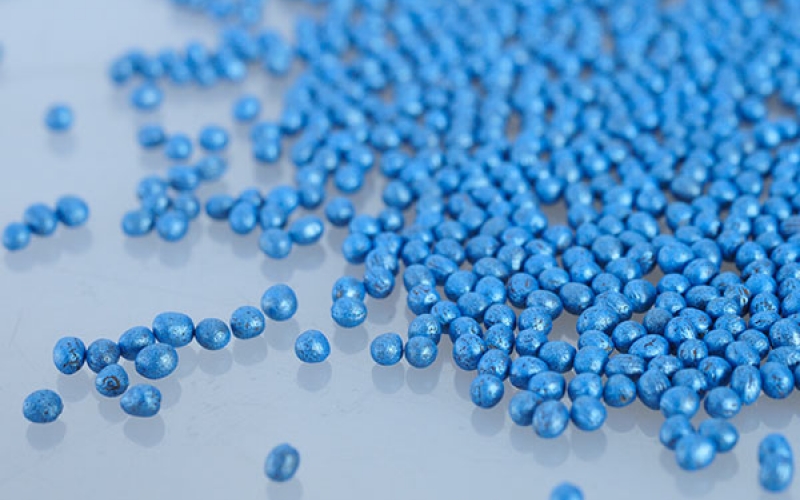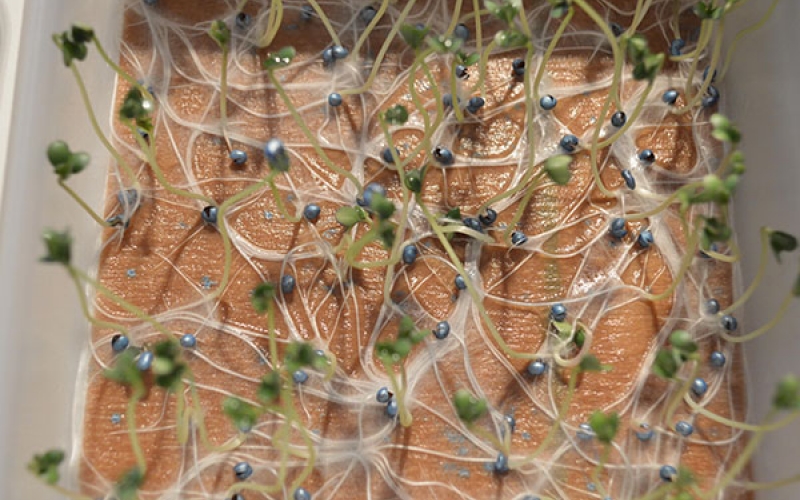
The most common of all quality assurance complaints received by seed companies relate to germination and vigour of brassica seed. Seed companies perform a number of different types of tests in order to provide quality assurance for their products. In addition to germination testing, these include tests for vigour, diseases, seed count, genetic purity and physical purity.
Seeds are graded and so germination and vigour will be much better in the seed tray and in the field you will get better uniformity and cut percentage.
Although germination tests are well known indicators of seed quality, there is still an inadequate understanding of both the physiological processes of germination and the interpretation of germination test results.
The physiological process of germination
To a seed physiologist, germination is defined as the active growth of the embryo that results in the rupture of the seed coat. To a seed analyst conducting a germination test according to ISTA (International Seed Testing Association) rules, seed germination also includes the emergence of the seedling which develops into the young plant. We can define germination as the process that transforms the embryo of a seed into an independent photosynthesizing plant.
The germination process can be divided into three phases:
- Imbibitions of water – seeds readily absorb water through the seed coat. It is then diffused throughout the seed tissues. Water also softens then seed coat, making it more permeable to respiratory gases. The entire seed swells as the cells become turgid. This is a purely mechanical process and occurs in both viable and dead seed. During the first few hours of imbibitions the moisture content increases from about 5 to 70 %, which is evident by the rapid weight gain.
- Lag phase or Plateau phase – no weight gain, but there is a general mobilization of the seed’s food reserves. Enzymes which catalyse (drive) the reactions are produced or activated. The seed’s storage reserves in the form of carbohydrates, oils and proteins are generally insoluble, but in this phase become soluble and available for plant growth. The end of this phase is marked by the rupture of the seed coat and radicle protrusion (this is physiological germination).
- Radicle emergence and seedling development– the radicle (which becomes the primary root) emerges before the shoot, giving the seedling a chance to establish an immediate connection with the moist soil. Only once the hypocotyl (part of the seedling axis above the root and below the cotyledons) starts to elongate, does the seedling emerge through the soil surface. In the case of brassicas the hypocotyl forms an arch to protect the growing point as it pushes through the soil. In response to light, the hypocotyl straightens pulling the cotyledons above ground where they expand, turn green and function like leaves. They provide the seedling with energy through photosynthesis until the primary leaves replace them.





